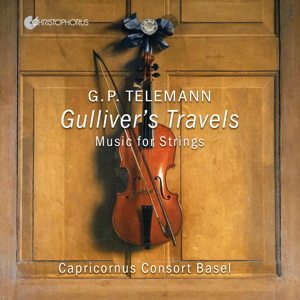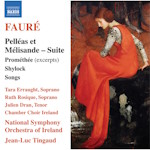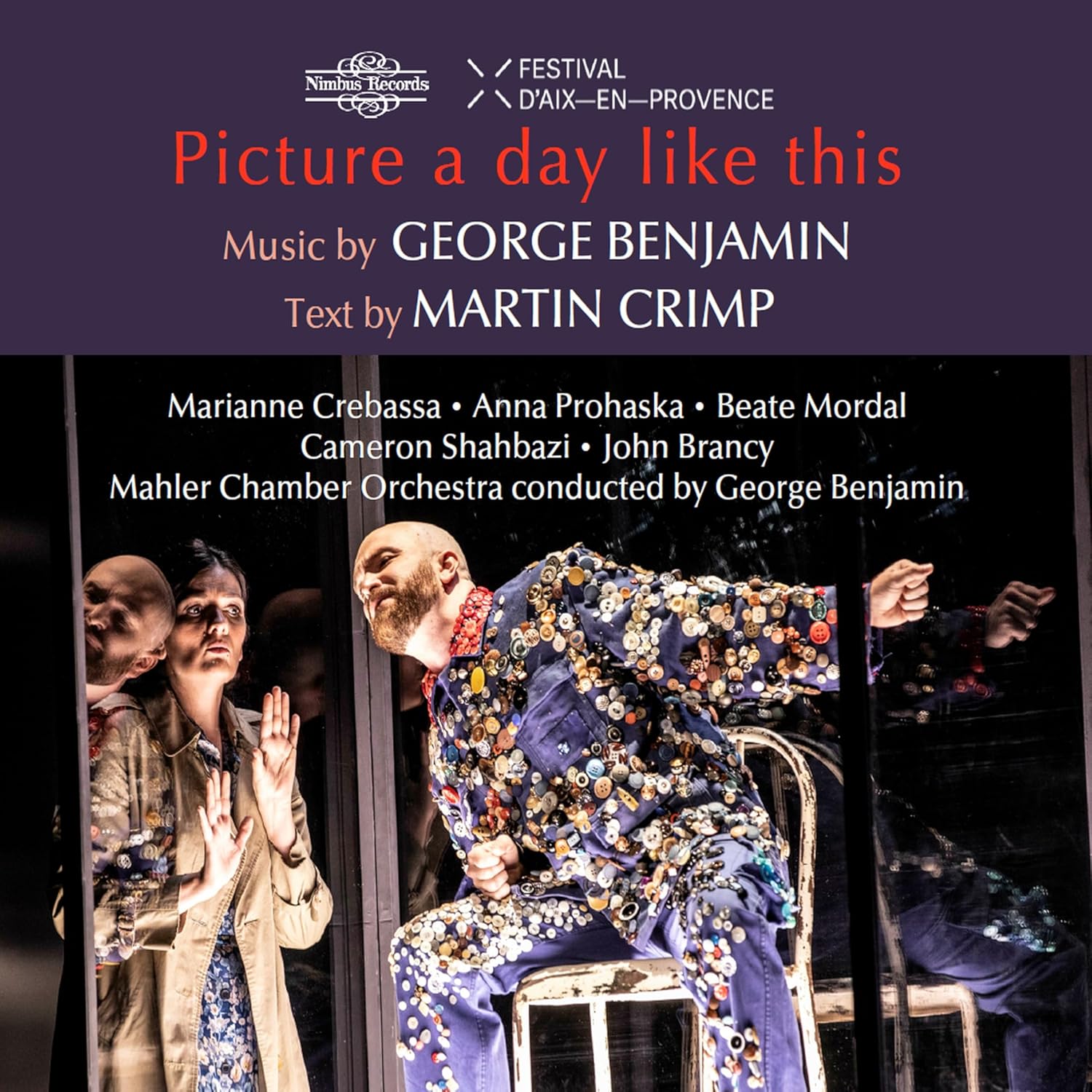
Georg Philipp Telemann (1681-1767)
Gulliver’s Travels – Music for strings
Capricornus Consort Basel/Peter Barczi
rec. 2024, Katholische Kirche St. Pantaleon, Nuglar-St. Pantaleon, Switzerland
Reviewed as a download
Christophorus CHR77482 [67]
Recently I have been sorting out my collection of discs, many of which are review copies. I knew that I had a large number with music by Telemann, but I was surprised how many; that attests to the growing popularity of his music in the course of the last twenty years or so. Right now, his music may well be just as popular as Vivaldi’s, and that is saying a lot.
It was quite some time before he was taken seriously. In the 19th century, when he was rediscovered, he was often unfavourably compared with Bach, and still many music lovers may think that Bach was superior in his command of counterpoint, whereas Telemann mostly wrote music for amateurs in the ‘simpler’ and more easily accessible galant idiom. The disc under review here is the perfect antidote, as it entirely focuses on chamber music for strings which is dominated by counterpoint.
The programme opens with a trio sonata in four movements. The track-list mentions only three: the second movement, an allegro, suddenly turns into an adagio, and these two sections are allocated to one track. It has quite a dramatic effect, as the adagio follows the allegro attacca. The opening movement, a model of counterpoint, combined with harmonic tension, closes with an adagio. The last movement has the form of a rondeau.
Three sonatas are scored for two violins, two violas and basso continuo. Brit Reipsch, in her liner-notes, mentions that the Italian composer Tomaso Albinoni may have been the model for these sonatas, as he used the same scoring in his Sinfonie e concerti a cinque Op. 2. However, a scoring in five parts was common across Europe in the 17th century. These sonatas are undoubtedly early works, when the style of the 17th century was still alive, as one also can observe in the early cantatas of Bach. Several movements are fugal; the Sonata in E minor even includes a triple fugue. The slow movements are full of baroque pathos.
Among the better-known works by Telemann are the three concertos for four violins without accompaniment. They also date from the early stages in Telemann’s career. They are unique in the German baroque literature, as far as I know. The Concerto in G is again in four movements. Although in this piece the four violins are treated on equal footing, the first movement opens with a number of bars in which the third and fourth violin act as a kind of basso continuo. This movement includes adventurous harmonic progressions. The second movement is a fugue. The closing movement could be interpreted as a battle or a hunting scene, given the many repeated notes. Considering that Telemann often included elements of country life in his music, I would opt for the second interpretation.
The Trietto No. 3 in D minor shows that later in his career Telemann had not abandoned counterpoint. It is from a set of three trietti and three scherzi which he published in 1731, when he was working in Hamburg as Musikdirektor. A sign of the time is that the two melody parts can be played on either violins or transverse flutes. This reflects the growing popularity of the flute, especially among amateurs. In the opening movement the three parts are independent, whereas the last movement, following a lyrical adagio, includes folkloristic elements.
Four years later, Telemann published a set of six Sonates Corellisantes, a clear tribute to the Roman master, who had had such a far-reaching influence on next generations, undoubtedly also Telemann in his formative years. Again, this sonata is entirely dominated by counterpoint. The third movement, marked presto, ends with a short grave episode, which is the transition to the concluding vivace. Like the trietti these sonatas can be played either on violins or transverse flutes.
Lastly, a piece for two violins without accompaniment shows Telemann’s sense of humour, which he also displays in a number of orchestral overtures, in which he sometimes portrays characters, peoples, or situations of everyday life. The Gulliver Suite is obviously inspired by Jonathan Swift’s novel Gulliver’s Travels, first published in 1726 and soon translated into German. Telemann’s piece consists of five short movements, opening with an Intrada. The following four movements depict some of the characters in the novel. The second movement is about the Lilliputians, where Telemann uses 3/32 time and 128th notes, notably on the rhythm of a chaconne, usually rather solemn in character. In the next movement Telemann does the opposite: in the Brobdingnagian Gigue he portrays the giants in 24/1 time and breves, and to the rhythm of a normally lively gigue. The fourth movement includes contrasting musical figures, depicting the scholars at Laputa, who are beaten to maintain concentration. “Telemann caricatures their mathematical obsessions with the encoded time signature “3 [plus] 2/2 [divided by] 4″ (= 4/4)” (booklet). In the closing movement, The Loure of the Well-Mannered Houyhnhnms and the Fury of the Naughty Yahoos the two violins are following entirely their own route, quiet vs lively.
Folkloristic influences and humorous characterisations are never far away in Telemann’s music. They are better-known and attract more attention of performers and audiences than those parts of his oeuvre where he shows his skills in counterpoint. It is the value of this disc that it focuses on that part of his heritage. It sheds a light on a man whose music is popular these days, but suffers from an interest that is a little one-sided. With this recording the Capricornus Consort Basel rectifies that.
The playing does not deserve anything but praise. The baroque pathos of the slow movements is given its full weight, and the choice of tempi is spot-on, emphasizing the contrasts within each piece. The playing is dynamically differentiated, with many marked accents, where they are needed. The transparency of the sound the players produce, makes sure that the different voices are clearly discernible, with the help of an excellent recording.
Any lover of Telemann’s music should investigate this disc, and those who are still not convinced about his qualities may change their minds listening to this compelling recording. As far as his command of counterpoint is concerned, he was certainly not inferior to Bach.
Johan van Veen
www.musica-dei-donum.org
twitter.com/johanvanveen
bsky.app/profile/musicadeidonum.bsky.social
Buying this recording via the link below generates revenue for MWI, which helps the site remain free.

Contents
Sonata in A (TWV 40,200)
Sonata à 5 in E minor (TWV 44,5)
Concerto à 4 violini concertato in G (TWV 40,201)
Trietto No. 3 in D minor (TWV 42,d1)
Sonata à 5 in F (TWV 44,11)
Sonata à 5 in G minor (TWV 44,33)
Gulliver Suite in D (TWV 40,108)
Sonate Corellisante No. 5 in G minor (TWV 42,g2)

















